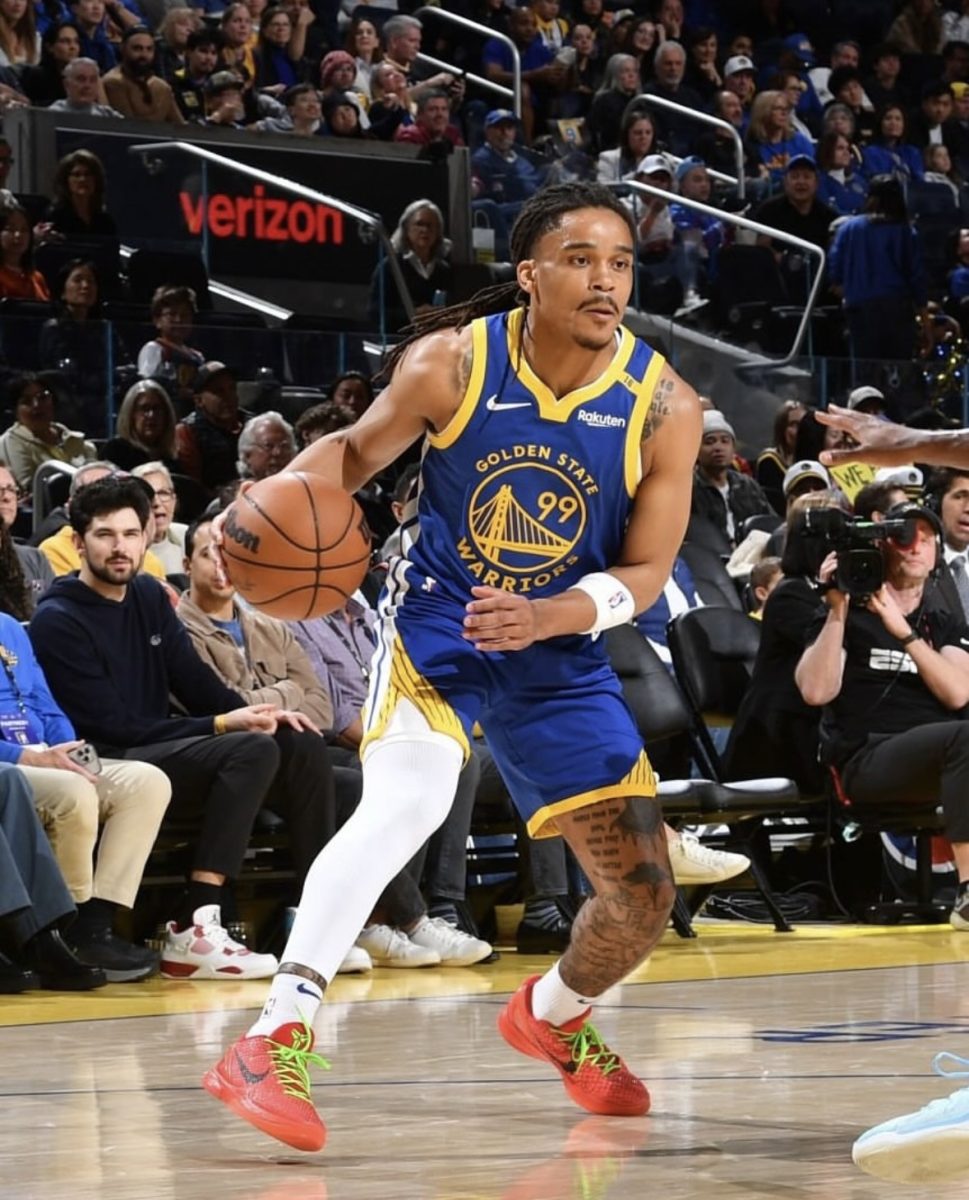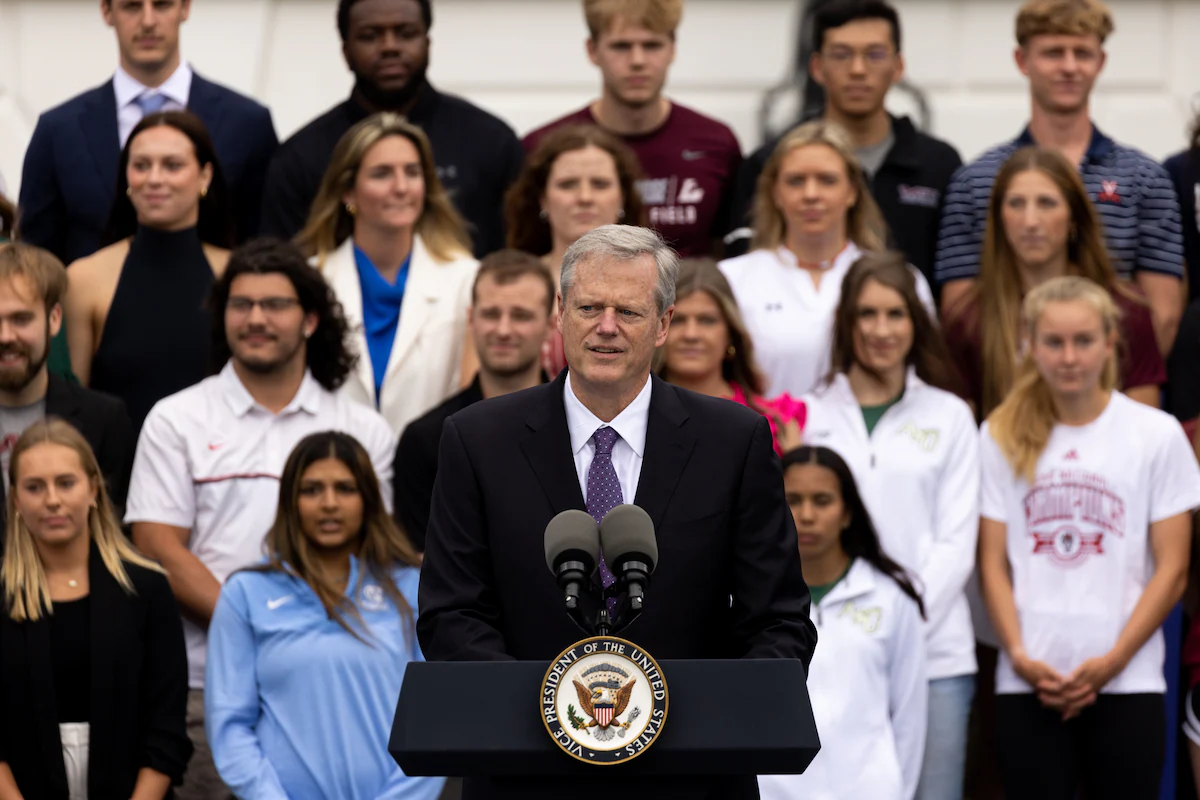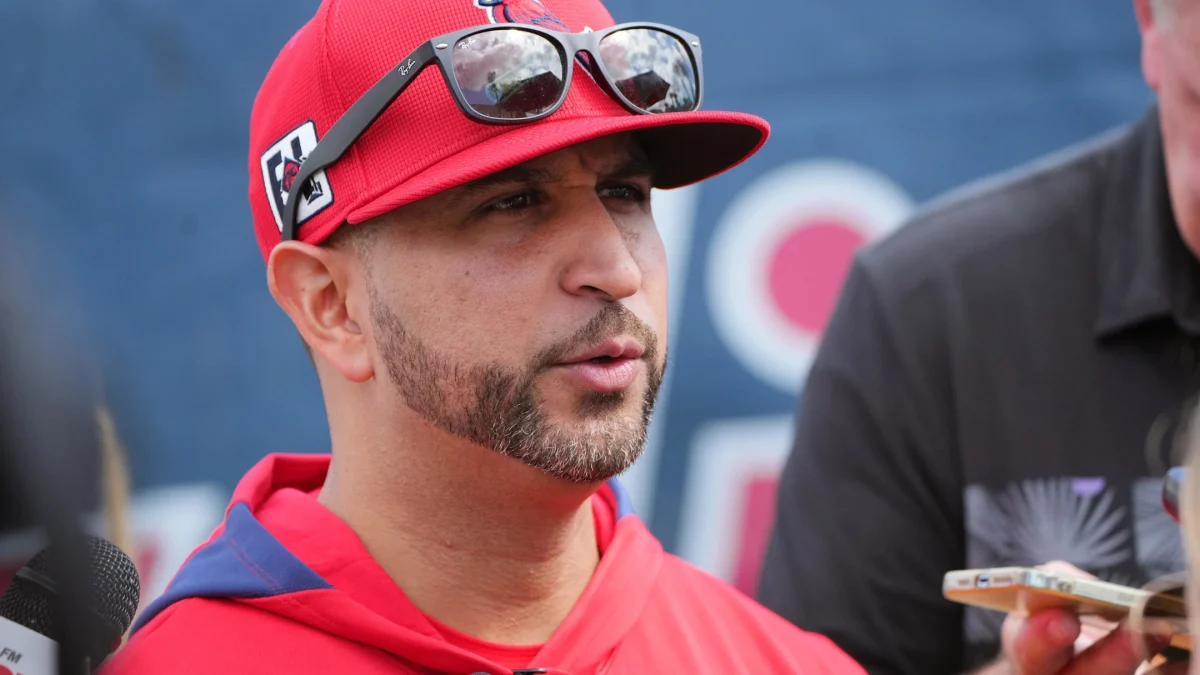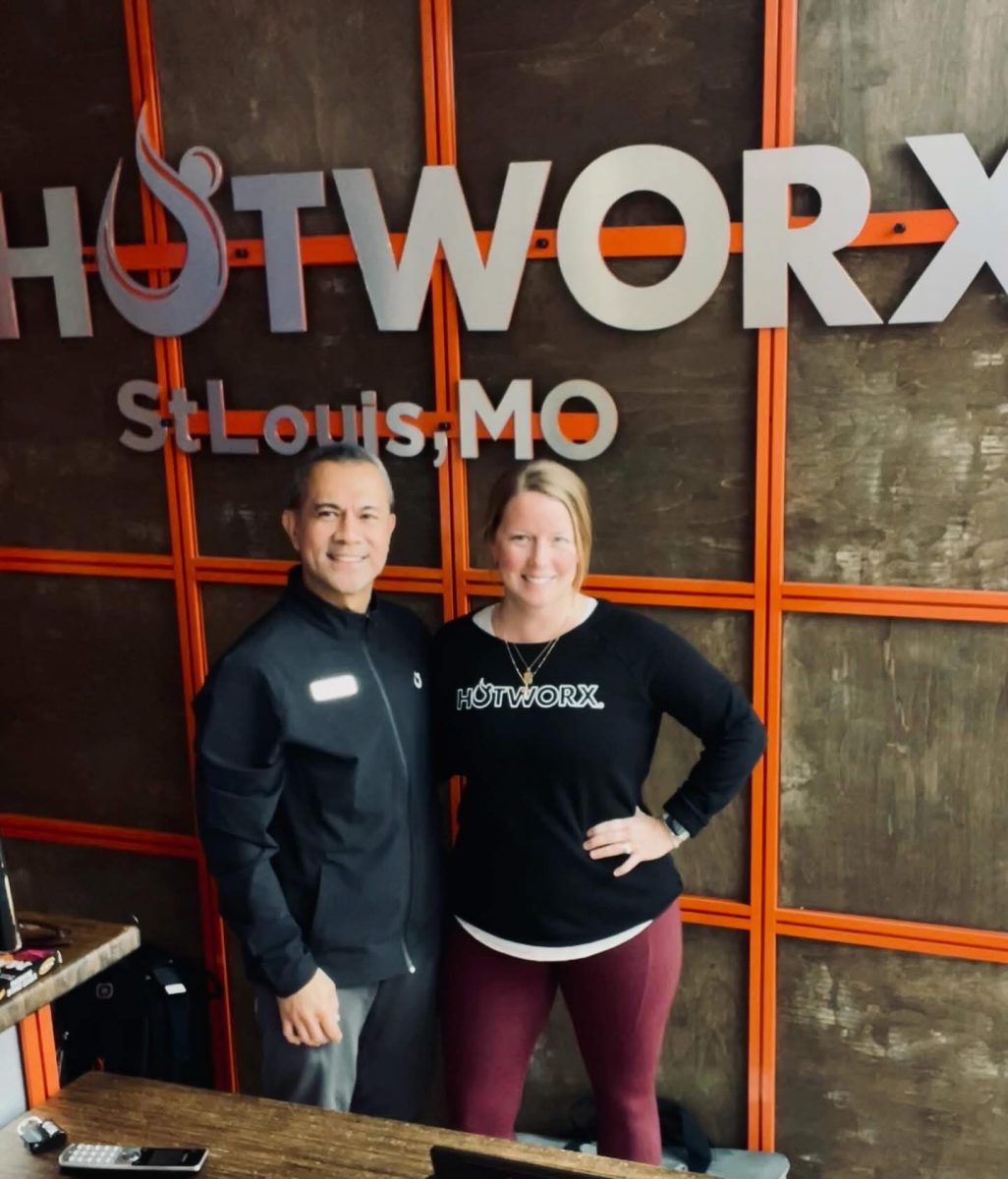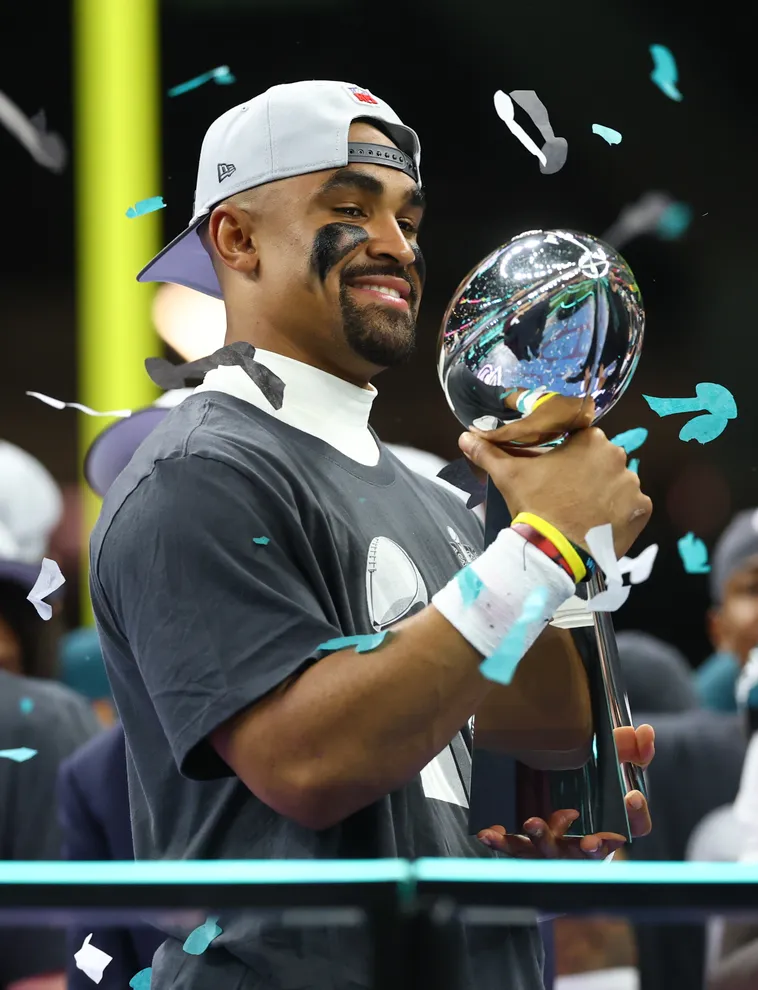Social media is the most rapidly expanding form of communication today. Facebook, Instagram, Twitter and all of the social media sites in between make us more connected to our favorite people, friend and athletes. Because it is easily accessible, social media sources have been seen as a marketing tool for various college athletic programs.
However, social media sites have recently been the subject of investigations and policing by the NCAA. The University of North Carolina’s latest football scandal was discovered through pictures posted on Twitter by two former players. This led to sanctions against UNC and the NCAA charged UNC with not properly monitoring the social media of its student athletes. The University of Alabama just received secondary violations for “accepting two recruits’ Facebook friend requests before the allowed date,” according to the Associated Press.
Since then, NCAA and many schools have begun to crack down on social media use. Some institutions have gone as far as banning social media use for its players. What does this mean for the over 300 athletes at Saint Louis University? Do institutions now have to monitor every athlete’s social media accounts and blogs? This is a tough, but important question going forward as social media continues to expand and its enforcement begins to take shape for the NCAA and its respective institutions.
“We have a conversation to say that it is not just social media in a bubble, but it is social media as other another place you are going to make decisions [that represent your team, the department, the institution and your family]. What’s unique about social media is the immediacy by which many people have a thought and then share a thought,” Associate Director of Athletics Janet Oberle said.
Oberle acknowledged that the athletic department did not have a formal social media policy until last year, but that it was superseded from the institution’s social media policy.
The social networking policy is one page of student-athlete handbook. The section on social networking use give a set of useful guidelines like: keeping setting on “private,” personal liability for any violations against other students, not posting inappropriate photos and many similar guidelines. All student-athletes must agree to allow access to any social networking site in which they participate to the Department of Athletics compliance staff due to, “NCAA monitoring requirements”.
Oberle also said that the institution has had some situations of where they have had to “educate” an athlete after improper use of social media.
Oberle also cited gambling on college athletic as a key reason as to why many institutions are now cracking down on social media
“Gambling is one of the key reasons that high profile sports are beginning to really track because there is serious money gambled on college sports and the NCAA has a specific interest in not having that be the case and not having student athletes engaged in that (activity),” Oberle said.
While there is a crackdown on social media for athlete, social media has become a new ground for recruiting, tracking players and other important tasks. The sport that receives the most attention on social media is men’s basketball.
“The marketing opportunities are endless with social media,” Director of Basketball Operations Mike Lepore said.
Lepore recently started a Twitter account for the men’s basketball team and created an Instagram account for men’s basketball team. Lepore believes that using Instagram and posting short 10-20 second videos on Twitter could be a way to set the team apart in terms of social media use.
“It is a way to give back to the fans and give them an inside perspective of what goes on in the team, however, you must balance what you give fans because you cannot give them too much info,” Lepore said.
That balance is very difficult. However, Lepore thinks that the best “pull” to the program is the basketball players on social media sites and promoting their togetherness as and showing their individual personalities.
“The genuineness is something that I have not seen at other programs, they are able to represent they program best by showing their character on social media,” Lepore said.
Despite all of this, athletes still run the risk of having conversations or thought posted on a national stage.
After Rick Majerus’ leave of absence was announced, Dwayne Evans and Cody Ellis posted tweets reacting to the situation, which were eventually posted on STLToday and ESPN. Players were not allowed to speak the media following the announcement, but it shows the power that social media can have and how it can be used.
Oberle said a classic example that she uses for athletes when they talk about their social media use, is a conversation involving three former SLU basketball players about who was the messiest person in the room. Oberle said that while the conversation was harmless, that someone had copy and pasted the conversation and that it generated over 50 comments on billikens.com.
“While that instance was insignificant, the flipside is that if you posting something incredibly negative or something that is inappropriate that is the impetus of why schools are beginning to monitor social media with more regularly,” Oberle said.
Social Media is at an interesting crossroads of new regulations for athletes and new marketing for the athletic programs. The biggest question that everyone is still trying to an answer of how to find a balance for all parties involved in this social media world.




